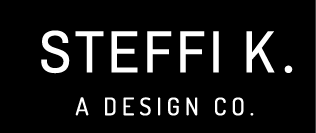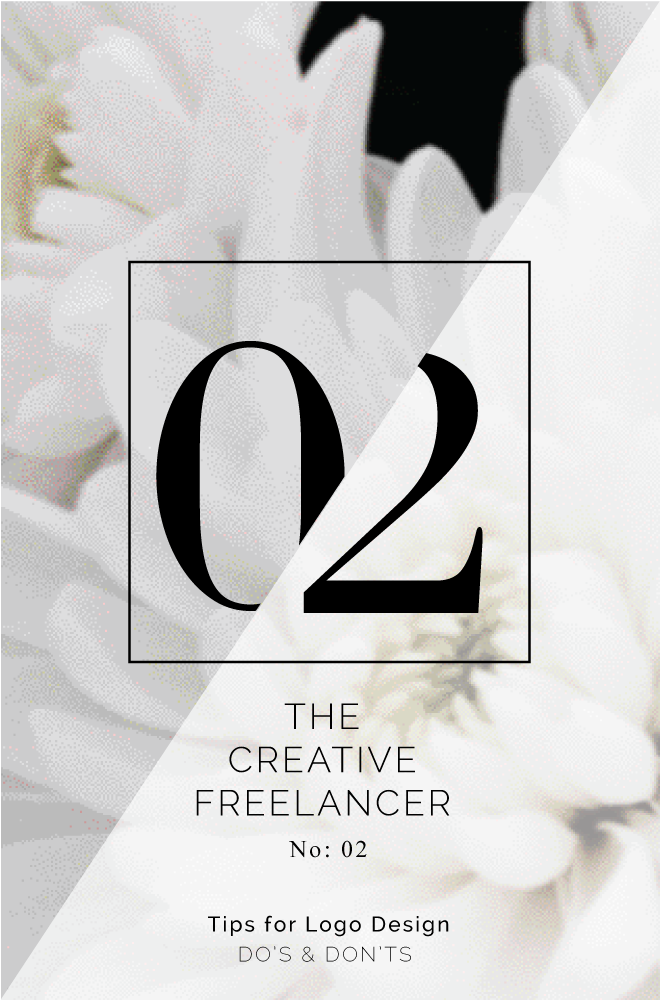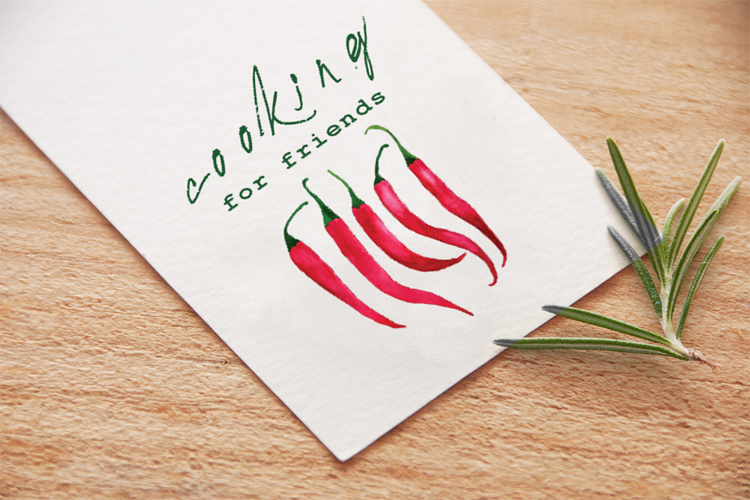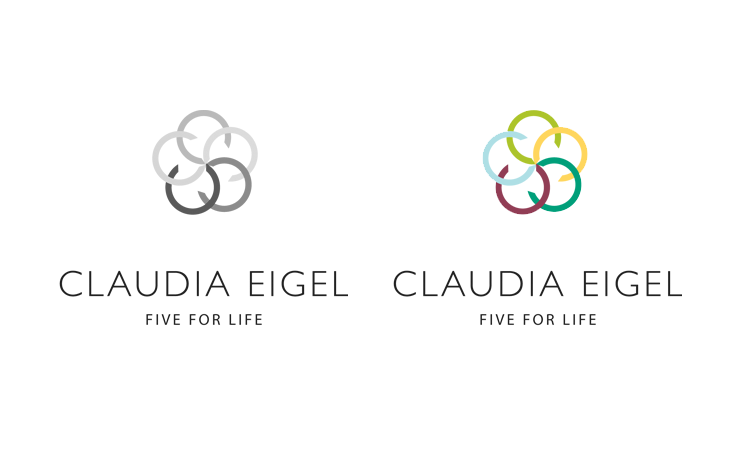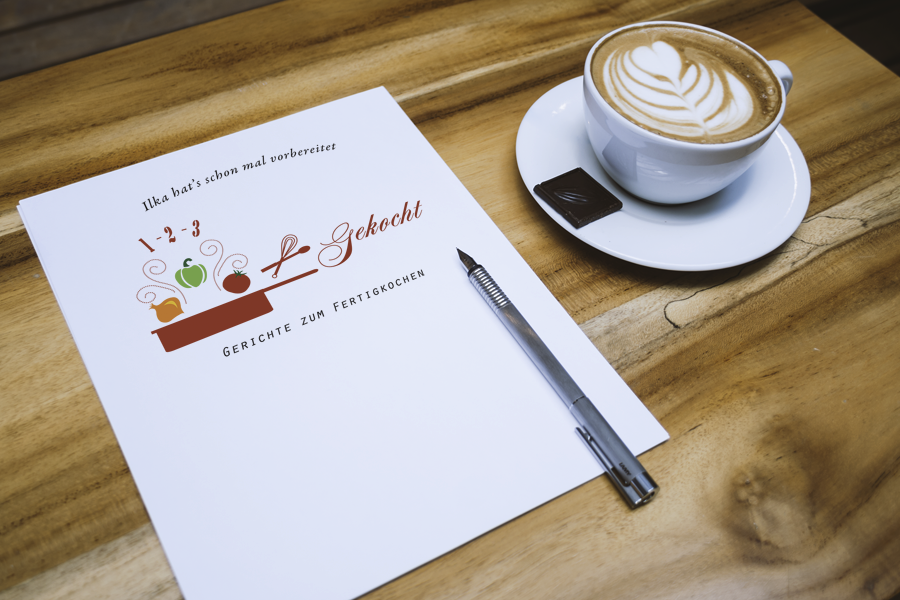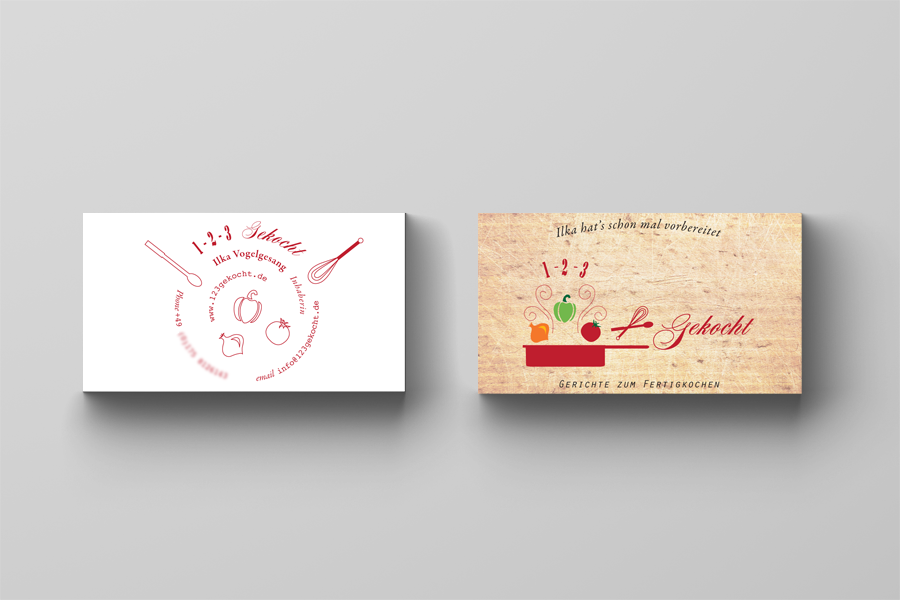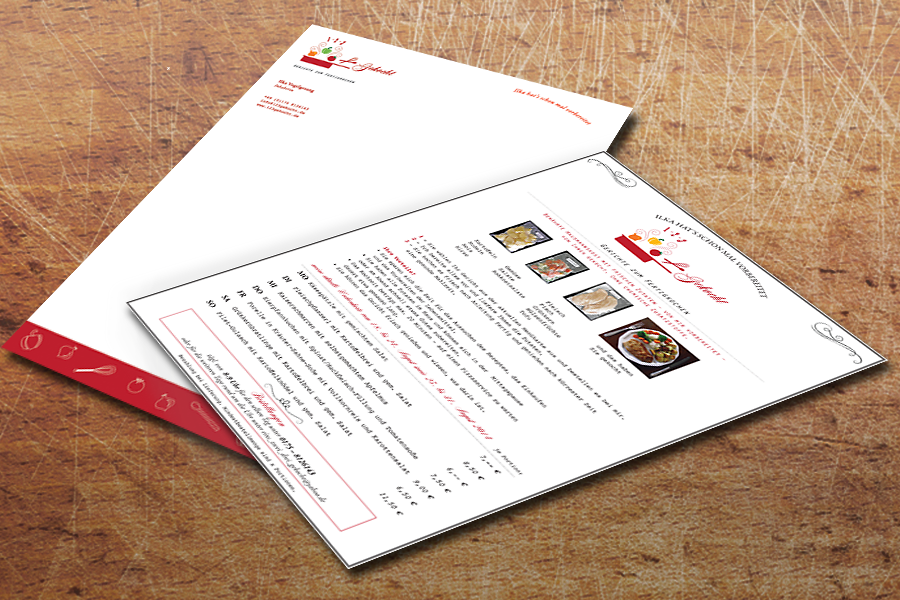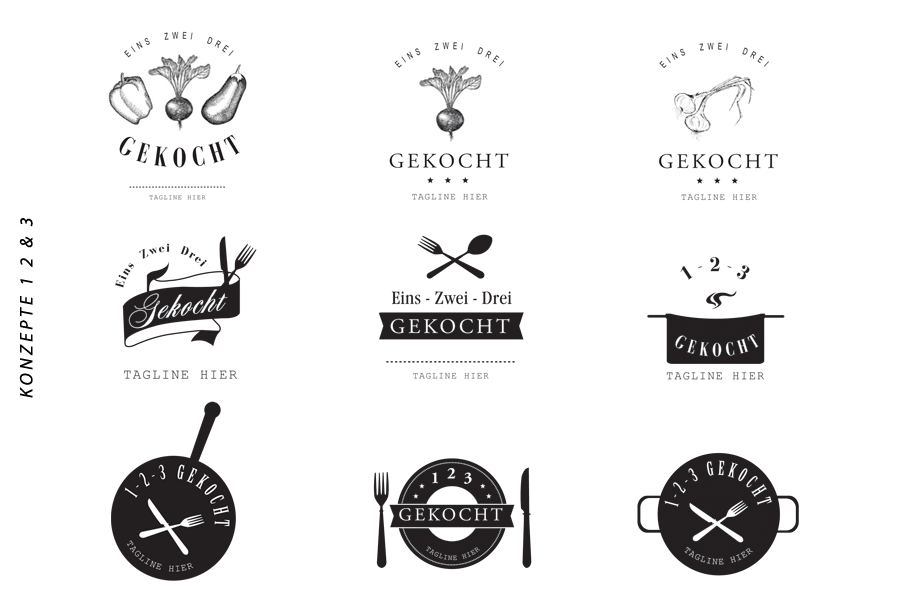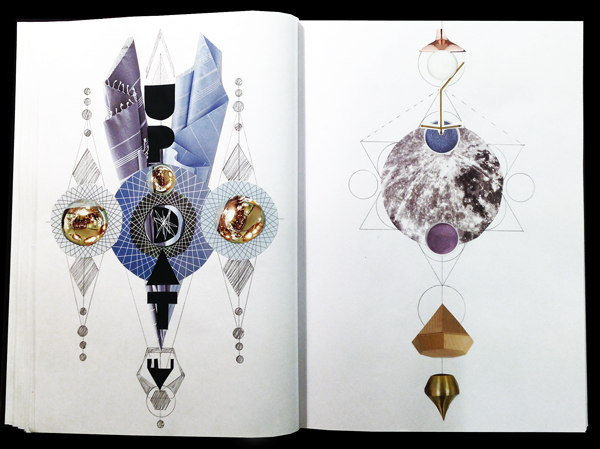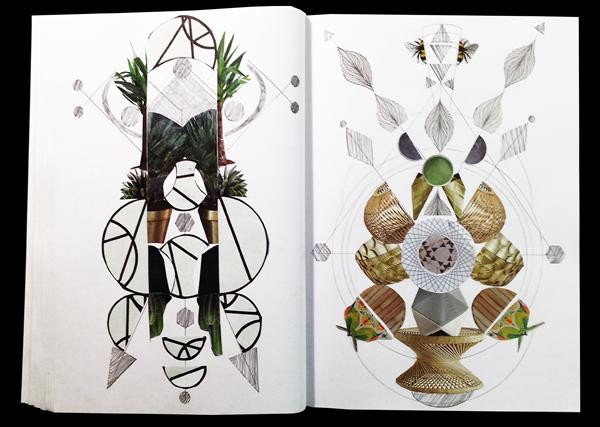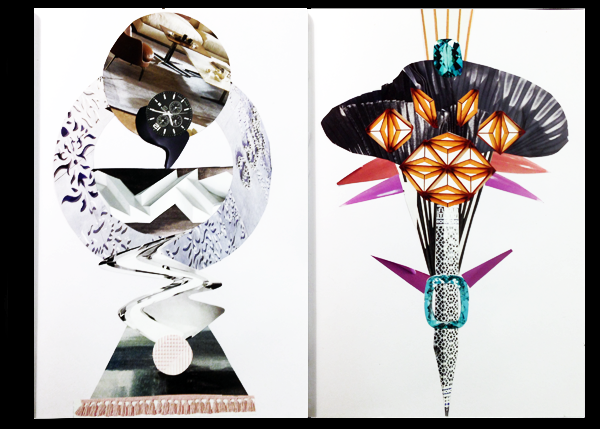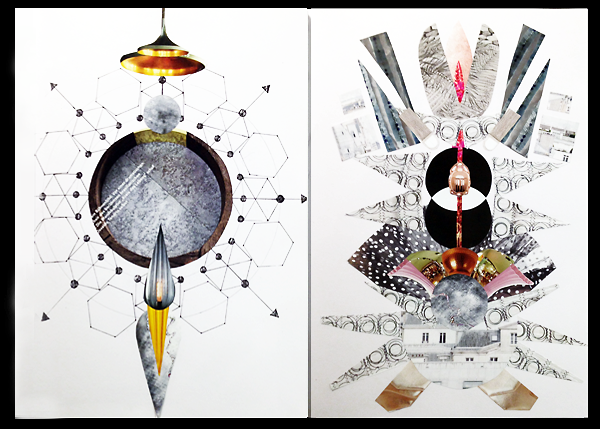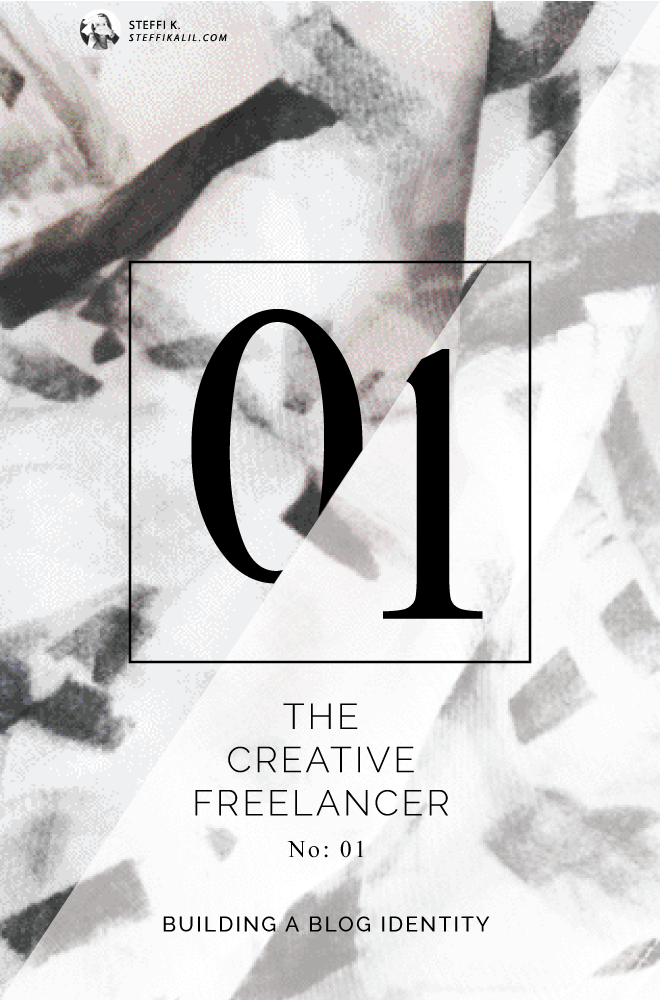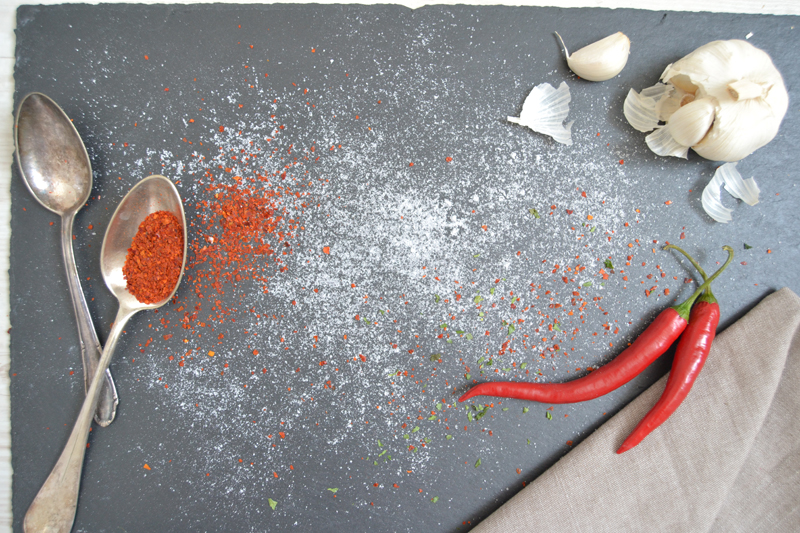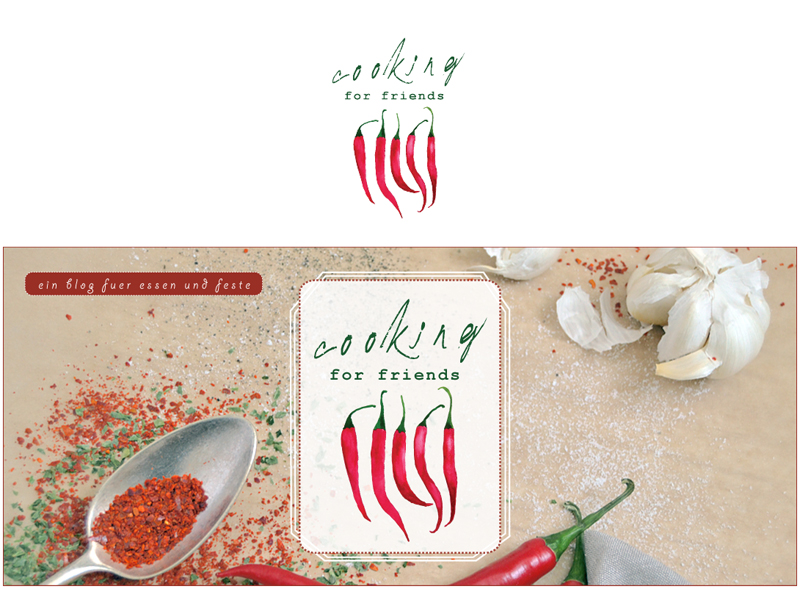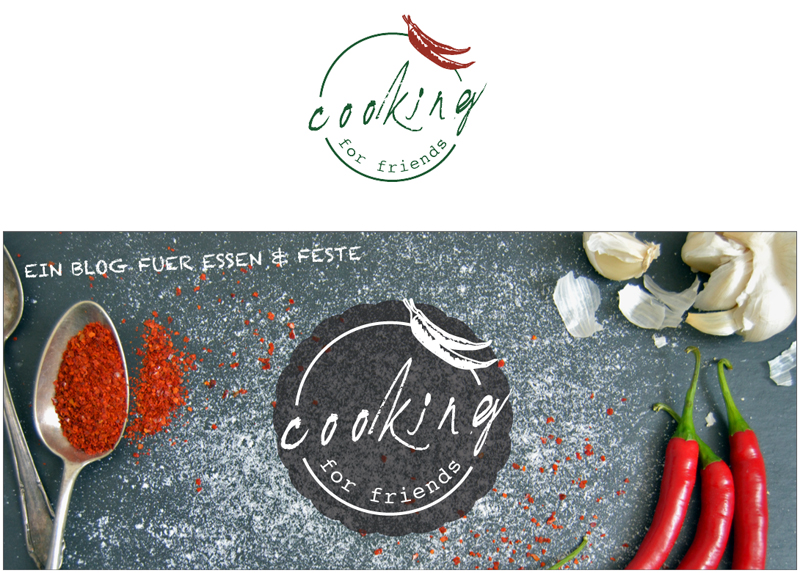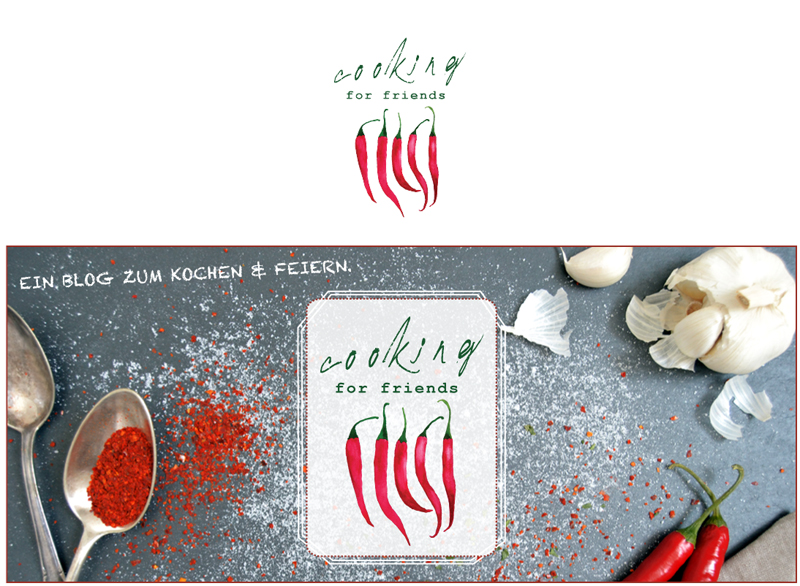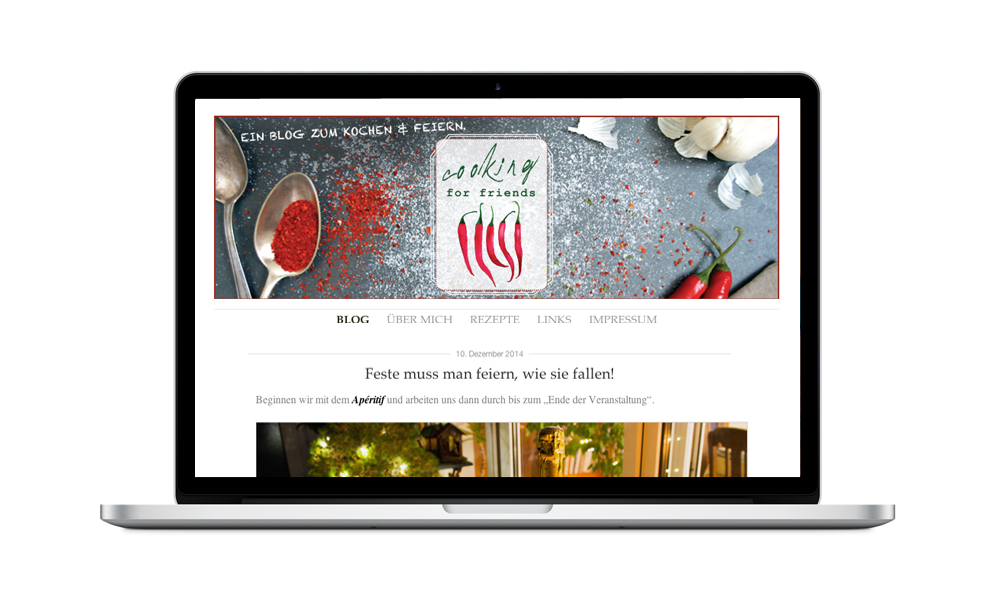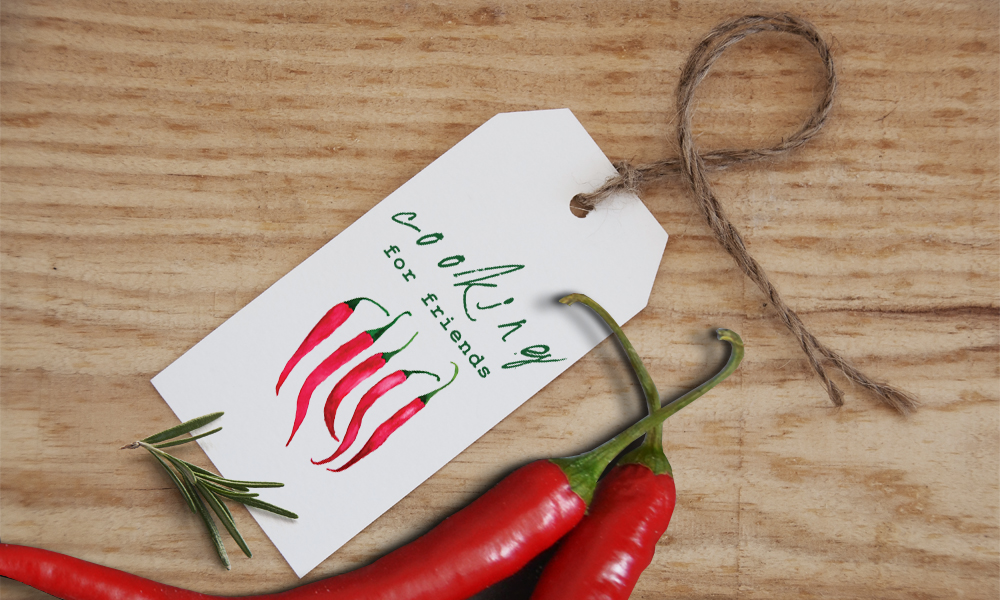TIPS FOR LOGO DESIGN / do’s & don’ts
Your Branding starts with the Name and the Logo. This little mark that needs to catch attention of the ideal audience and sets your company or blog or personal brand apart. This post is for designers & non-designers. Here is a list of Do’s & Don’ts of Logo Design:
1. Do understand the brand
Every brand has unique brand attributes and the logo needs to reach a certain target audience. As a designer it helps to create a mood board to collect inspiration and reminders of the brand ideology. A logo needs meaning and purpose. It plays with things we already know. When designing a logo or selecting a logo for yourself focus on the emotion that it evokes. Is it modern, fun, technical, feminine or masculine … ? It should stay true to the brands personality.
2. Stive for being unique
The logo helps to distinguish your company, brand or blog from its competitors. It’s important to be unique and stand out from the rest. There are so many logos created every day it sure is a challenge to be distinctive. With that in mind, a logo shouldn’t be too busy. Simple is best. Do get inspired by what has already been done before, but make sure to create something that’s just as creative, unique and distinct. Think creatively and create a one-of-a-kind logo.
Make it personal: You like red peppers then why not use them in your logo? – Cooking for friends
3. Create variations, alternate logos and sub-logos
The logo will most likely be used in a number of different places, whether it’s in the header of a website or the back of a business card. It’s helpful to have variety and versatility when you’re creating a logo for a business or blog. Create a couple compositional variations or create a main logo and a sub-logo to create a hierarchy. Be sure to maintain the same consistency and proportions throughout all variations.
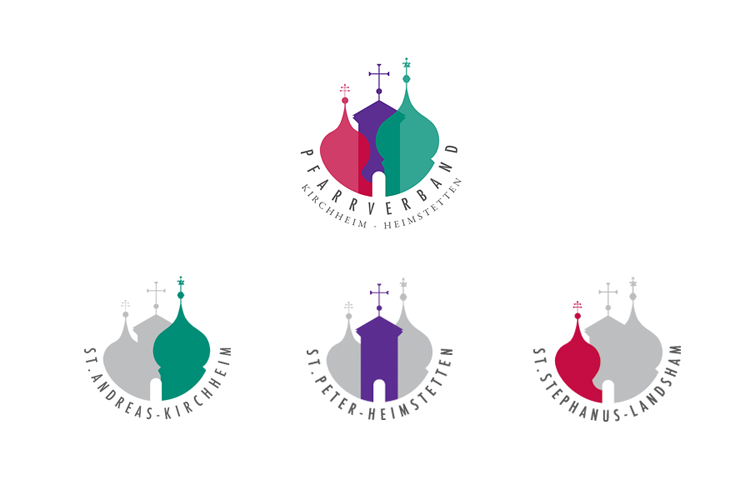 Since each parish is also operating alone under it’s own name
Since each parish is also operating alone under it’s own name
the client and I decided to create 3 sub-logos, one for each church.
In the sub-logo the other two churches are still visible but they are in the background.
– Pfarrverband / Parish Association
4. Don’t use too many words.
Wordiness doesn’t work. Logo’s should be memorable and simple. To create a logo people will remember it needs to be simplified. Focus on the logo, the icon and separate the company name from the logo. To ensure your logo achieves minimalism start by designing it in black and white. This high contrast allows you to ensure all aspects of the logo are clear.
Claudia Eigel – FIVE FOR LIFE: the logo in black & white and grey and next to it in color.
5. Don’t change the design of your logo on a regular basis.
I know this is hard, especially for designers. We get bored easily and have so many more ideas and inspirations. Why not change the logo again and again? But your logo needs time. Time to get recognised and remembered. Sure you see it all the time but your target audience might see it for the first time or has not seen it for a while. You want them to remember it. Don’t confuse them. Keep your logo consistent and constantly the same.
6. And one more do: Do get feedback from others
It can be easy to get tunnel vision when you’ve been developing a logo concept. It really helps to take a step back and ask for feedback. It is hard to be objective when you spend so much effort and time on a project. Never ignore the feedback. Instead listen carefully what people tell you, value their opinion. It can really help your process and the outcome of the design.
